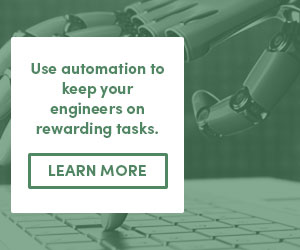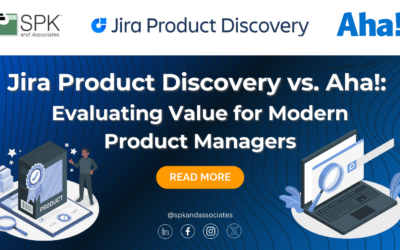There are things in every system that if they fail will cause the entire system to be crippled. These single points of failure can be hardware based, software based or even people based. If a problem occurs in these sensitive areas then an entire business can grind to a halt while the problem is being resolved.
Previously, we looked at hardware based failure points and then at software based failure points. There is however another type of failure that can occur, those created by people! Human error can often be the hardest to guard against — hardware can be replaced, software can be re-installed or patched — but as Alexander Pope said, to err is human, and the ramifications can sometimes be enormous.
The first type of human failure is that of the simple mistake — the wrong action leading to the wrong result. It is therefore essential that your product lifecycle management (PLM) process is managed in such a way that mistakes can be found early on and corrected. This means that the whole development process including design, change management, and regulatory compliance need to have sufficient controls and safeguards.
There are a variety of different methodologies that deal with these difficulties in product development, each with its benefits and weaknesses. The key is to ensure that your chosen work flow methodology is correctly implemented and adhered to by employees.
 Another type of problem occurs when only one person knows a key bit of information. This can manifest itself in a whole variety of situations. Who has the code to the alarm system? Who knows the server passwords? Who has the keys to the lab or server room? And so on. When a person with key knowledge becomes unavailable through holiday, sickness or because they leave the company how will the company cope? The last thing you want to hear is, “Bob used to handle that, but Bob moved to Hawaii last month.”
Another type of problem occurs when only one person knows a key bit of information. This can manifest itself in a whole variety of situations. Who has the code to the alarm system? Who knows the server passwords? Who has the keys to the lab or server room? And so on. When a person with key knowledge becomes unavailable through holiday, sickness or because they leave the company how will the company cope? The last thing you want to hear is, “Bob used to handle that, but Bob moved to Hawaii last month.”
There is also the potentially unpleasant problem of the disgruntled employee. With access to the whole development process and to the IT infrastructure, a malicious employee can cause untold amounts of havoc and damage.
All of these human factors can be mitigated against by using a third party outsourcing or consultancy company. For product lifecycle management (PLM), using an external project manager who is an expert in your chosen design methodology will ensure that common pitfalls are avoided and that the process is implemented correctly.
Similarly, outsourcing your IT infrastructure management will ensure that key information doesn’t reside with any one individual. Likewise, the use of outsourcing expertise can limit the damage disgruntled employees can do by properly securing systems and implementing safeguards.
It may never be possible to completely eliminate the errors that people unintentionally (or intentionally) make, but having the best expertise on hand will ensure that they are kept to a minimum.
Next Steps:
- Contact SPK and Associates to see how we can help your organization with our ALM, PLM, and Engineering Tools Support services.
- Read our White Papers & Case Studies for examples of how SPK leverages technology to advance engineering and business for our clients.







